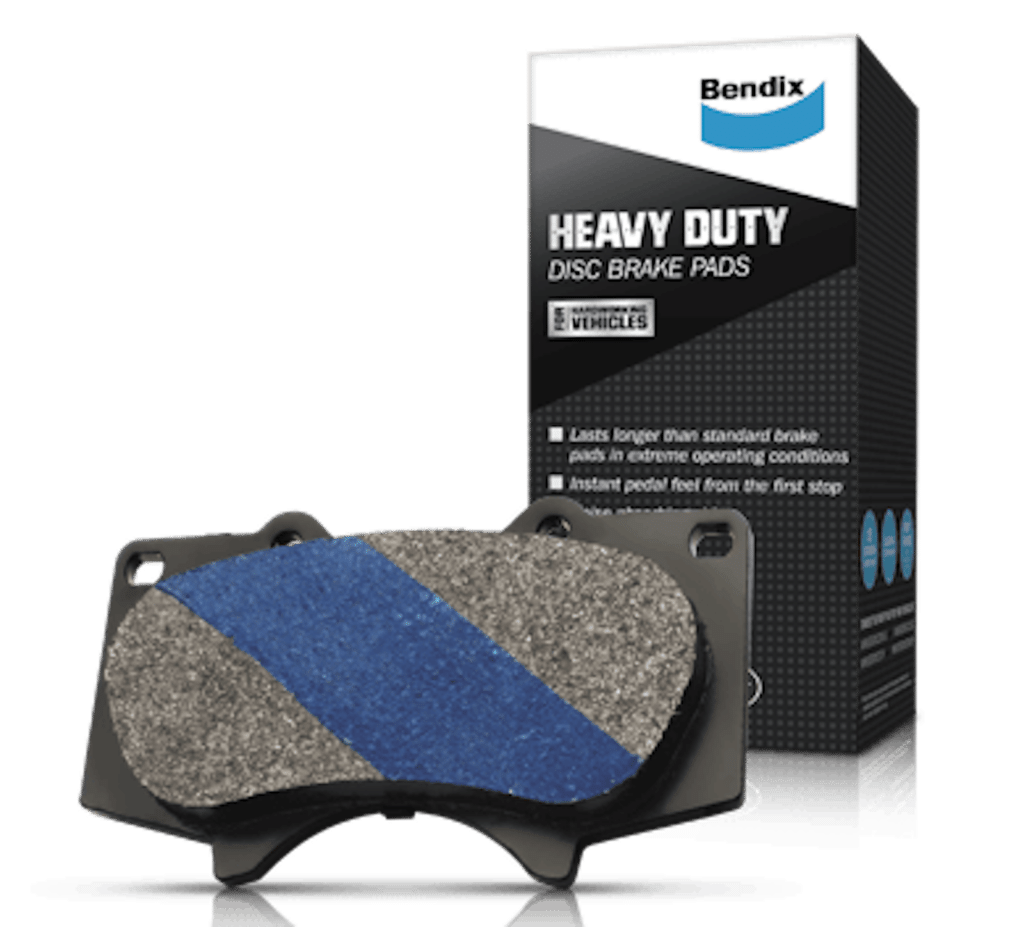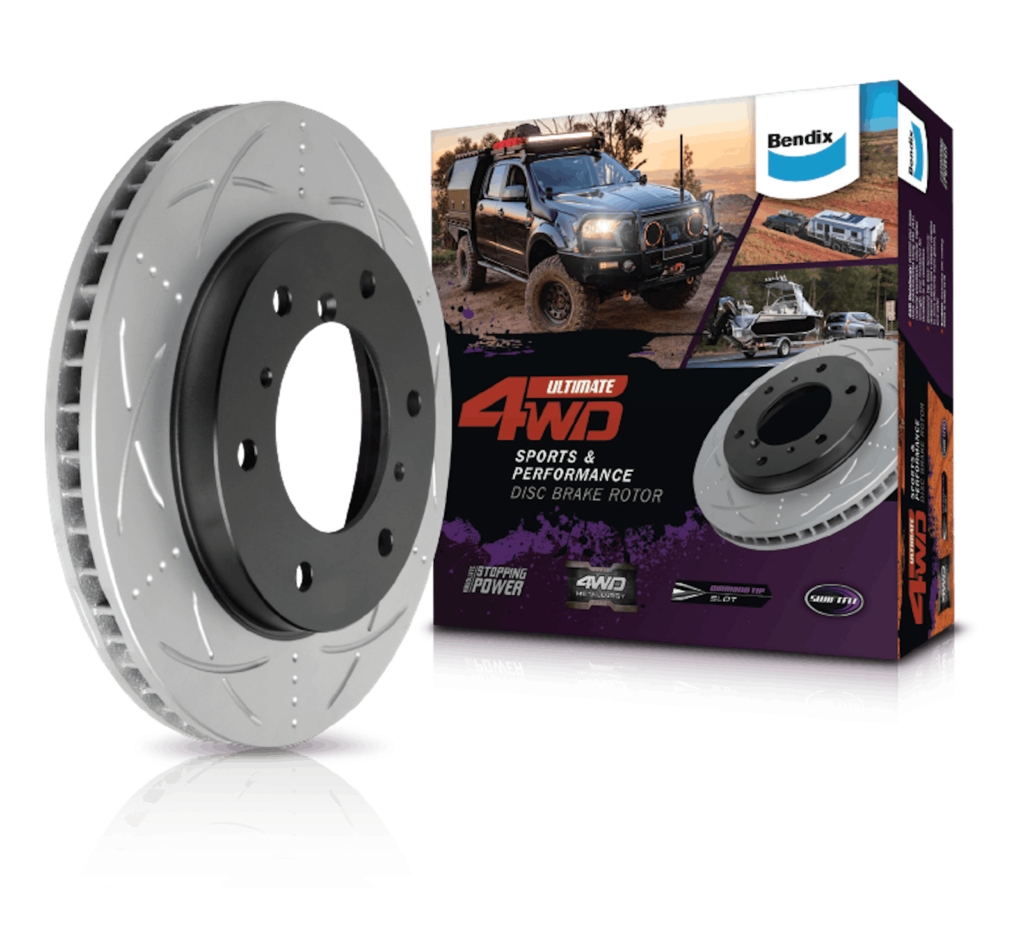How to get your brakes fighting fit for towing




There are some things in life that you just shouldn’t skimp on to ensure that what you get is up to the job. For example, bad shoes will ruin your day within two hours just like a crap mattress will ruin your night in the same period of time. Likewise, if your brakes don’t have what it takes to handle your towing needs, then you’re going to have a very bad day.
Yes, they do know what they’re doing. But your vehicle was built to a budget and built with the assumption that you won’t be regularly towing a heavy load. Car manufacturers assume that you will reach your GVM once in a blue moon and not every camping trip, that you haven’t changed the tyre size, and that when you’re towing, you’re not regularly towing at maximum capacity.
If you are towing a heavy caravan, you’d expect your engine to struggle a bit, so why do we forget that our vehicle’s brakes will struggle with the extra workload as well? That, we can’t answer, but we do know how to upgrade them to make them safer and perform better for towing.
Just to make it clear, we’re discussing your tow vehicle’s brakes, not your Electric Brake Controller, which is a whole different topic that you can read all about here:

Before we discuss how to upgrade your brakes so that they perform better when you’re towing your caravan around this wonderful Land Down Under, let’s do a quick 101 on what’s in a brake system so that the next section makes sense.
Feel free to skip this bit and go straight to the upgrade options if this is not new to you.
Have you ever noticed that when you put your foot on the brake while the engine is off, the pedal is hard? You can thank the brake booster for that. It uses vacuum from the engine to amplify the force you apply to the brake pedal.
The master cylinder takes this amplified pressure from the brake pedal and converts it into a hydraulic system. You’ll find it bolted directly to the other side of your brake booster.
If the master cylinder was a tap, the brake lines would be its hoses. The brake lines transport the hydraulic fluid from the master cylinder to the brakes on each corner.
Remember when you were a kid and, much to your mum’s disgust, you would slow your pushbike down by dragging your shoes on the ground? Well, that’s kind of what the brake caliper does. It takes the hydraulic pressure you’ve sent through the lines and then pushes the brake pads (your shoes) into the disc (the road).
Your brake pads are the friction material that is used to slow you down. If your brake pads have more bite, then naturally you will stop quicker.
This is what the pads clamp down on and where the force is applied to actually slow you down.
A brake drum is an inverted brake disc. Instead of a set of outside pads that clamp down onto a disc, instead, C-shaped brake ‘shoes’ push out from the inside on the drum.

So now that you’re in the know, let’s talk about how to improve these components for better and safer towing.
The first port of call is usually to upgrade your brake pads as it’s cheap and can be done in less than an hour. Upgraded pads will improve your stopping power and safety in two main ways when towing. The first way is due to the more aggressive material that allows for more friction to be applied to the rotor, therefore improving your stopping power.
The second way is better heat resistance. When you’re towing, particularly in hilly country where you’ll find yourself constantly braking, the pad material eventually breaks down and then hardens with a smooth surface. Obviously, this is not ideal when more friction is what we are aiming for.

The hydraulic fluid that your brake lines carry works by being incompressible. What this means is, that if you apply 5mm of movement at one end, you’ll get 5mm of movement at the other. This is ideal for braking because you want every bit of force from your foot to transfer to the brake pads. However, brake lines tend to balloon as they age, making them not quite as incompressible as they once were. Now, part of the energy applied to the brake pedal is being wasted ballooning out the brake lines rather than stopping your actual vehicle.
Generally, your vehicle will come standard with rubber lines. Swapping these out for steel braided lines will ensure you get as much stopping power as possible.
Upgrading your brake rotors will improve your brake performance and safety in a number of ways, including the all important heat management. To put it simply, the hotter your brakes get, the worse they perform.
Premium rotors will generally feature internal venting, modern metal compounds and unique designs that will remove the heat as quick as possible, slowing down brake fade when fully loaded and towing. They may even have slots, holes or dimples in the rotors that give brake dust and gases somewhere to escape, allowing the pad to make better contact and therefore slow you down quicker.

Sometimes its better to go the whole hog and get it right the first time. If you want the best of the best, consider an upgrade kit that includes a number of these upgrades.
If your vehicle is getting on in years, upgrading your brake booster might be in order. A dual diaphragm brake booster will increase how much amplification is applied when you put your foot on the brake pedal due to it having two internal compartments for vacuum to be applied to. Alternatively, hydraulic brake boosters work by using the pressure from the power steering pump.

We all want to be safe on the roads, so make sure your brakes are up to the job. Particularly if you’re new to towing, haven’t had your brakes looked at for a while or are towing a heavy load.
